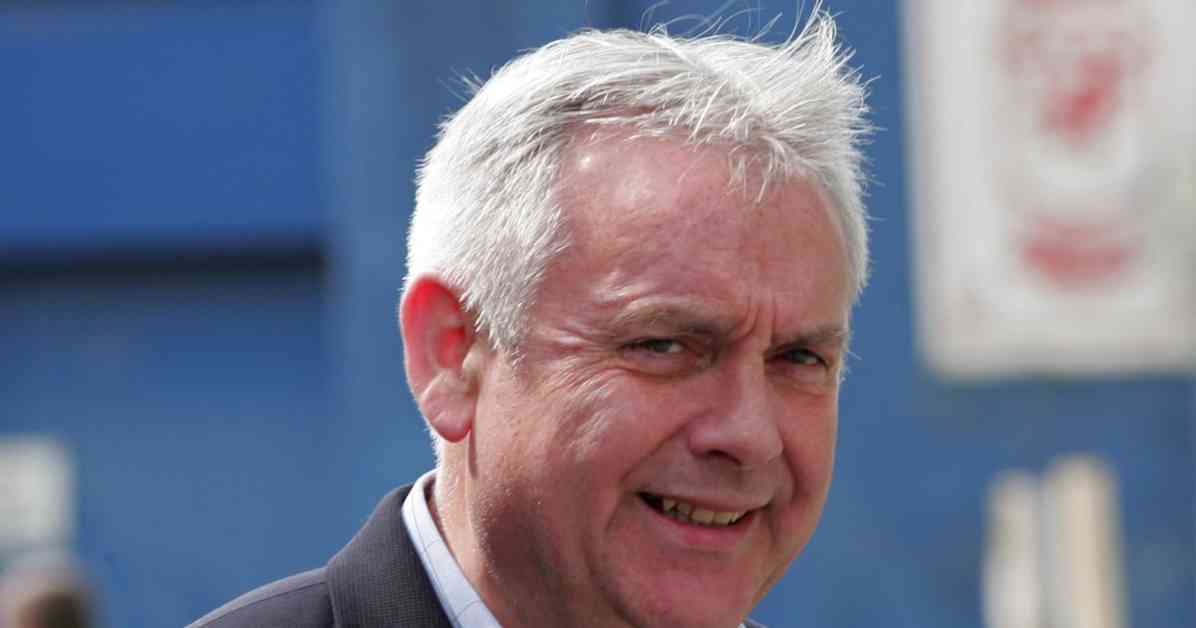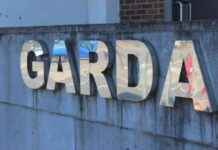Brendan “Bik” McFarlane, a prominent figure in the IRA, passed away at the age of 74. He is remembered for his leadership during the 1981 hunger strikes and his involvement in the infamous Maze prison escape in September 1983. While Sinn Féin leader Mary Lou McDonald praised him as a “great patriot,” the families affected by his IRA activities may hold a different view.
Bayardo Bar Massacre: A Dark Chapter
On August 13th, 1975, a tragic event unfolded at the Bayardo Bar on the Shankill Road in Belfast. At just 23 years old, McFarlane, along with Peter Christopher Skeet Hamilton and Séamus Joseph Clarke, launched a bomb and gun attack on the pub, suspecting it to be frequented by UVF members. The ruthless attack resulted in the deaths of two civilians who were machine-gunned outside the pub, with three more losing their lives in the subsequent explosion. Dozens of others were injured in the horrific incident. McFarlane and his accomplices were swiftly apprehended and sentenced to life in prison. Additionally, McFarlane was convicted of IRA membership, receiving an additional two-year concurrent sentence.
Although McFarlane was not selected for the hunger strike due to his murder convictions, author David Beresford noted in his book “Ten Men Dead” that McFarlane’s reputation as a “sectarian mass-murderer” could have posed a significant challenge in the public eye.
The Tidey Kidnapping and Legal Battles
Following his involvement in the Maze prison escape, McFarlane found himself embroiled in another notorious incident – the kidnapping of businessman Don Tidey in November 1983. Tidey was abducted from his home in South Dublin and held captive in a hideout in Derrada Wood outside Ballinamore. Tragically, two members of the search party, Pte Patrick Kelly and Recruit Garda Gary Sheehan, lost their lives when they stumbled upon the hideout, with another officer, Det Sgt Donie Kelleher, sustaining serious injuries in the encounter.
Years later, McFarlane was arrested in Amsterdam and extradited to Northern Ireland, where he faced a five-year sentence for his role in the prison escape. Subsequently, in January 1998, he was charged with falsely imprisoning Tidey, possession of a firearm with intent to endanger life, and possession of a firearm for an unlawful purpose at Derrada Wood. This sparked a protracted legal battle spanning a decade, involving appeals to various courts.
During the lengthy legal proceedings, McFarlane adamantly refused to disclose his whereabouts from September 1983 until his arrest in December 1986. Despite alleged confessions and fingerprint evidence linking him to the hideout, the case against him ultimately collapsed, leading to his release.
In a surprising turn of events, the European Court of Human Rights ruled in September 2010 that McFarlane was entitled to monetary compensation for the delays in his trial, awarding him €17,000. Following his release from prison in 1997, McFarlane led a quieter life, marrying and raising three children. He gained recognition as a ballad singer in republican establishments in Belfast, sharing his experiences from the H-Blocks and the Maze escape, though remaining silent on the events at Derrada Wood.
In preparation for our forthcoming book “The Kidnapping,” co-author Tommy Conlon and I reached out to McFarlane seeking insight into the Derrada Wood incident. Unfortunately, our efforts to elicit a response were met with silence.
McFarlane’s legacy is a complex tapestry of heroism and controversy, leaving a lasting impact on the tumultuous history of Ireland.












